As we age, our life story often shows up on our face. It’s especially true when one lives in the desert. If you feel the story your desert skin is telling you is one of despair, you might find relief by establishing a few new habits before you tuck in for the evening.
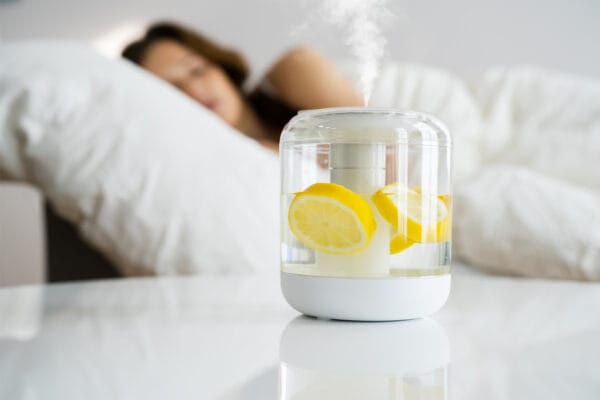
A morning routine is about protection and shielding. We need our hats, dark glasses and SPF. Most of us are pretty good about that. But in the desert, our evening skin care is about restoration, and that is as important as remembering our SPF. And, yes, it is just as important for men as it is for women.
We may be busy during the day, but it is at night when our body switches into high gear and gets to work restoring itself, and that includes our largest organ, our skin. Think of it like the night crews fixing the roads while the traffic is light. While we sleep, our skin does its best to fight the ravages of the UV rays to which we’ve been exposed and the other environmental factors that are intensified in desert climates.
When we forego a few simple steps at the sink and choose instead to read another chapter or keep scrolling through TikTok, we lessen our sleep time and the time our skin has to rejuvenate.
Adapting a nighttime skincare routine for the desert is more about the choices you make in the skincare aisle and less about slathering on any old cream you may have found under your sink. With a little dedication, it’s worth the effort.
Cleanse. Try to find a cleanser that contains some oil, so you don’t strip your skin of its own natural oils.
Hydrate. Find a mist (not a toner) that doesn’t advertise that it’s going to close your pores. Your pores know how to close on their own. Choose a mist that draws water into the skin from the surrounding air and from deeper layers of skin like hyaluronic acid, glycerin, aloe vera and sodium PCA, which is derived from amino acids.
Moisturize. There is no rule that says we need a different moisturizer for day and night, but we do need a moisturizer that is rich. Ingredients should include butters like murumuru or cupuaçu and oils that smooth and soften the skin. Use more at night to compensate for losses during the day. Remember, most moisturizers feel good, some even smell good, but if there aren’t any emollients that you recognize, chances are you may be buying a feeling, not a product that can deliver a measurable result. How can you tell? Look at your face in the mirror in the morning. No matter your age, your skin should look a bit plumper than it did the night before, and it should feel smooth.
Targeted treatments. If you’re dealing with age spots or want to keep wrinkles at bay, night is the time to bring out the heavy hitters. While there is always ongoing research, there are a few ingredients that are considered classics and can spare you the need to dive into a research mission. They include retinol or its newer sibling, retinal, for cell regeneration; vitamin C; niacinamide; alpha hydroxy acids; and peptides.
Humidifier. You may want to consider having one in your bedroom to introduce moisture into the dry desert air, which will help maintain your skin’s hydration levels throughout the night.
When you understand the connection between your nighttime routine and your daytime glow, your skin might begin to thrive in the desert like the durable socialites – blossoming cacti and bougainvillea. It just takes a bit of commitment.
Brook Dougherty of Indio is the founder of JustUs Skincare and welcomes your questions. She can be reached at (310) 266.7171 or [email protected]. For more information, visit www.justusskincare.com.








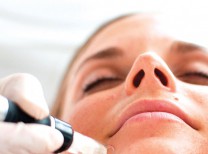


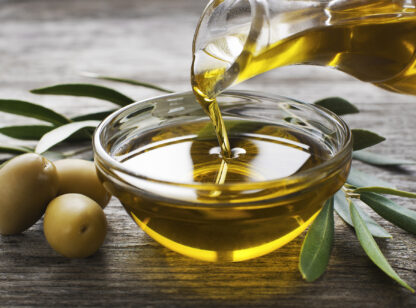
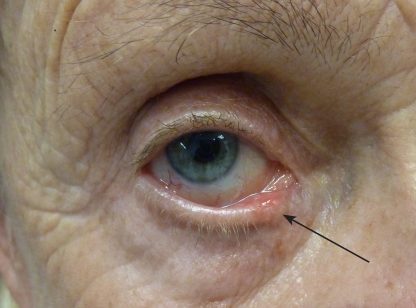



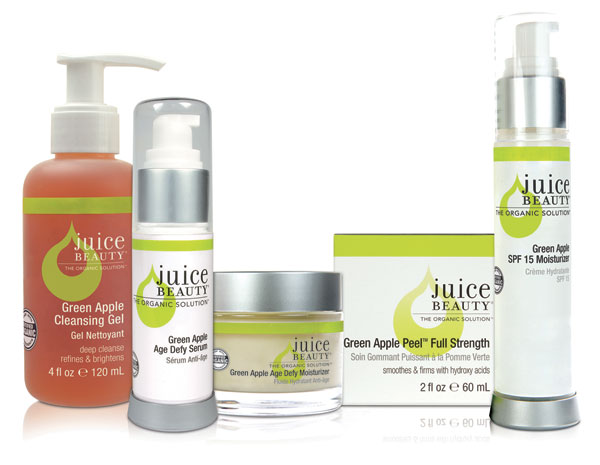


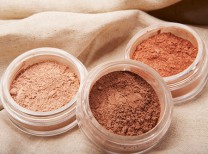
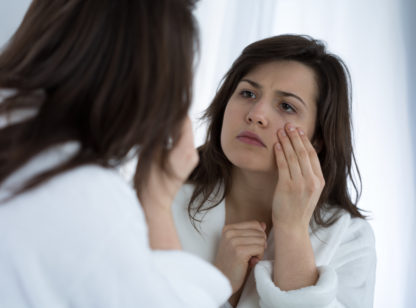




























Comments (0)